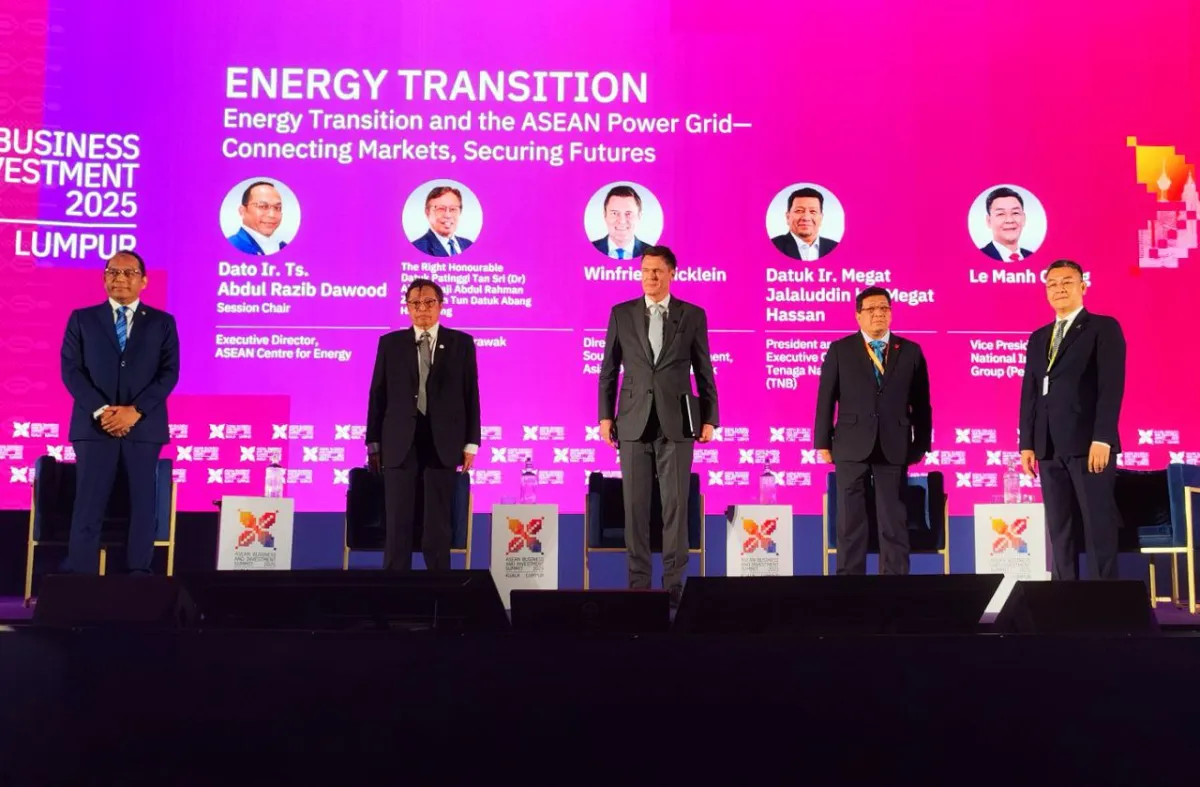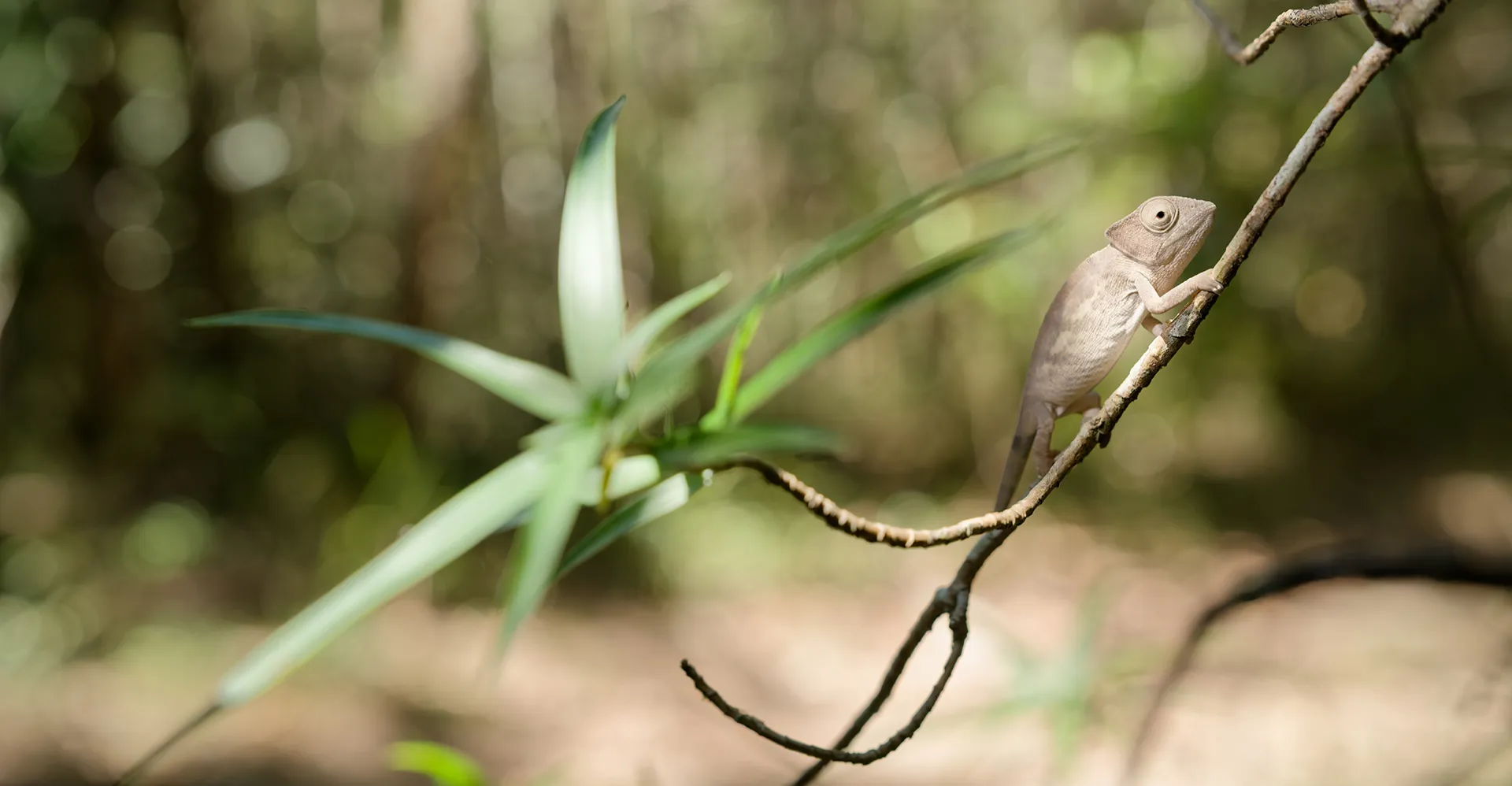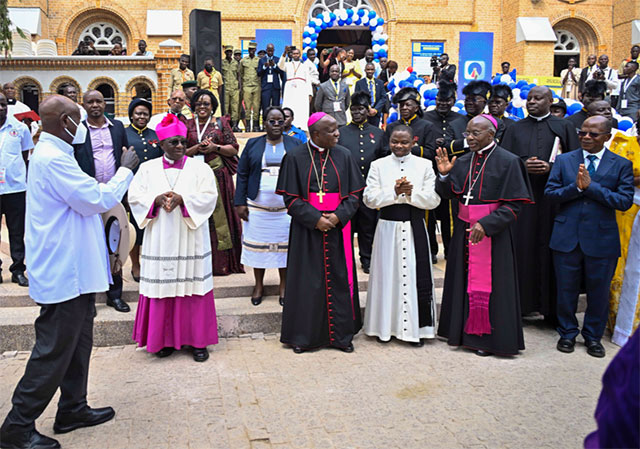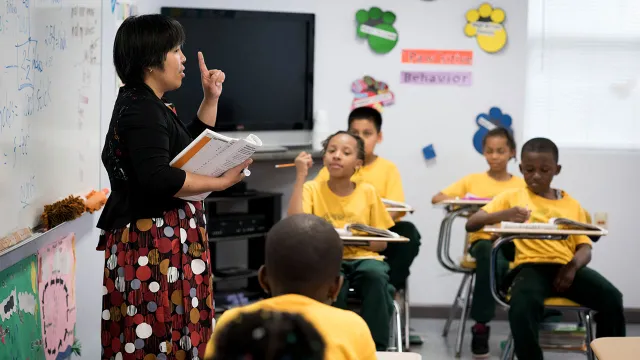Copyright dayakdaily

By Shikin Louis KUALA LUMPUR, Oct 26: Premier of Sarawak Datuk Patinggi Tan Sri Abang Johari Tun Openg has called on Asean member states to first establish a clear regulatory framework and common ecosystem to make the long-envisioned Asean Power Grid (APG) a reality. APG is a long-term regional initiative by Asean to connect the electricity networks of all 10 member countries—Brunei, Cambodia, Indonesia, Laos, Malaysia, Myanmar, the Philippines, Singapore, Thailand and Vietnam—through cross-border power interconnections. Abang Johari said the most suitable model to study the APG’s regulatory framework would be the power trading system between the Nordic countries and the European Union (EU), where electricity is exchanged through an integrated market structure. “The Nordic countries supply power to the EU through submarine cables, and eventually, there is a spot price for electricity in the exchange. So before we want to run (APG), let us have a feel first and then establish the ecosystem. “Power is a commodity that can be traded. Once the economics of it are in place, execution becomes easier because there is already a common platform,” he said when speaking during a panel discussion at the Asean Business and Investment Summit (ABIS) 2025 held at the Malaysia International Trade and Exhibition Centre (MITEC) here today. He further said that Asean must also consider sources of power beyond traditional renewables, pointing to Sarawak’s ongoing efforts to produce green hydrogen as a potential clean and safe energy solution for the future. “People are talking about nuclear, but some are reluctant because of safety concerns. However, there is now new technology in fusion energy, which is safer. “That is why I am talking about hydrogen. From hydrogen, you can extract atoms like deuterium that can produce fusion energy, which is perhaps safer than nuclear. The United States is currently experimenting with it at the Tennessee Valley Authority. “The only thing is that you have to get that atom from hydrogen first. That is why Sarawak is embarking on hydrogen,” he explained. He added that fusion energy represents the next frontier in clean power generation and could eventually replace fossil fuels in mitigating the effects of climate change. “It is a scientific question as well as an economic one. For the 10 Asean member countries, we must first have that framework and then the finance part will fall into place,” he said. Abang Johari also reaffirmed his belief that Asean can move towards a shared energy future once a regional energy ecosystem is established. “I think what Asean can do is establish that ecosystem first. Then you have a common platform for you to power Asean,” he asserted. Meanwhile, Asian Development Bank (ADB) director-general for Southeast Asia, Winfried Wicklein, said creating an enabling environment for investors and developers is crucial for the APG to move from planning to implementation. “So there we are talking about possible incentives, regulations, clarity and ownership of transmission lines, and export licences that are bankable. “They have to be 20 years or 25 years, otherwise they won’t be bankable,” he said. He added that due to the size and cost of cross-border subsea cable projects, early-stage planning and coordination among stakeholders are essential. Wicklein also revealed that ADB is setting up a regional connectivity fund to help support project-level preparations during the early stages of implementation. Moderated by Asean Centre for Energy executive director Dato Abdul Razib Dawood, the panel discussion featured Abang Johari, Wicklein, Tenaga Nasional Berhad (TNB) president and chief executive officer Datuk Megat Jalaluddin Megat Hassan, and Vietnam National Industry-Energy Group vice president Le Manh Cuong. — DayakDaily



